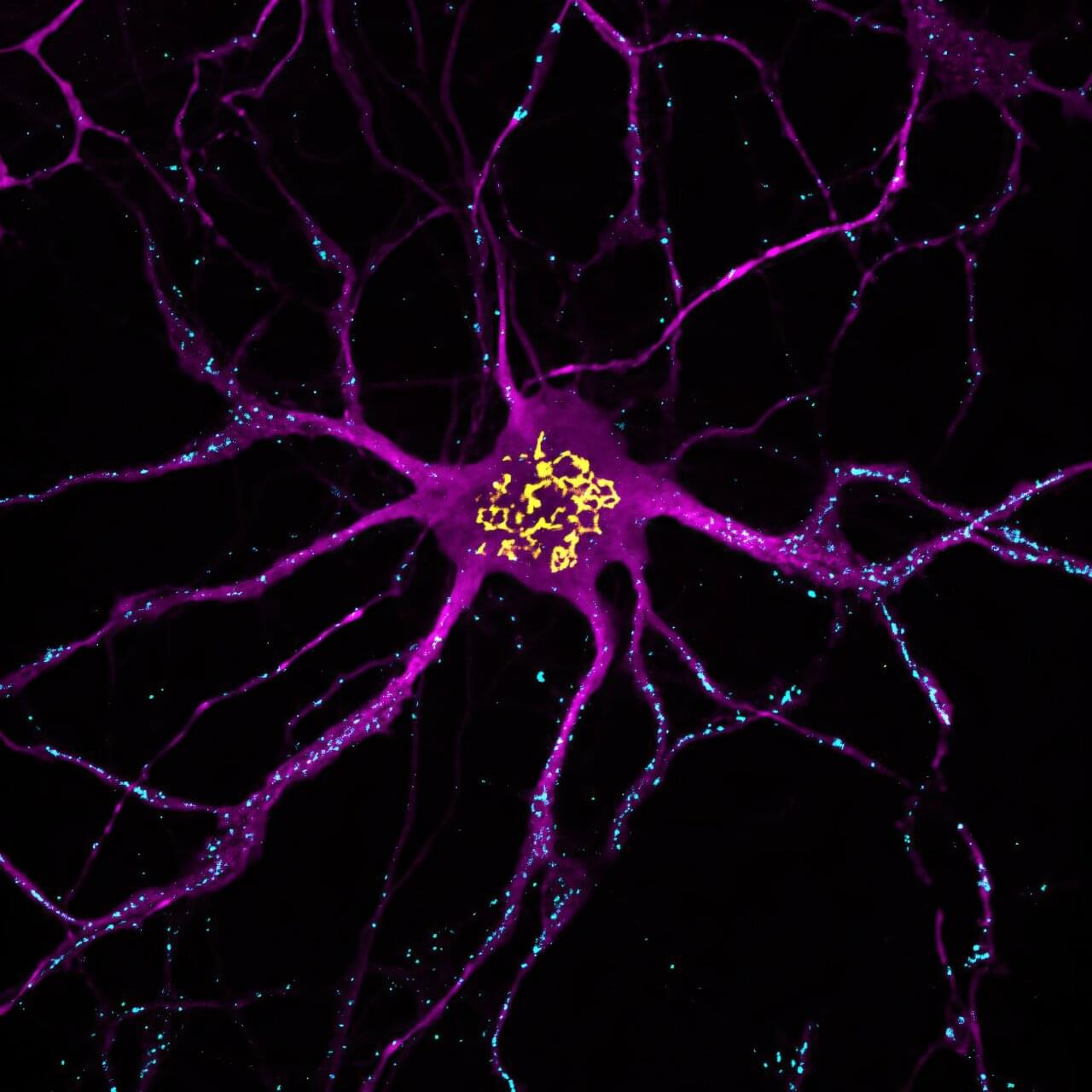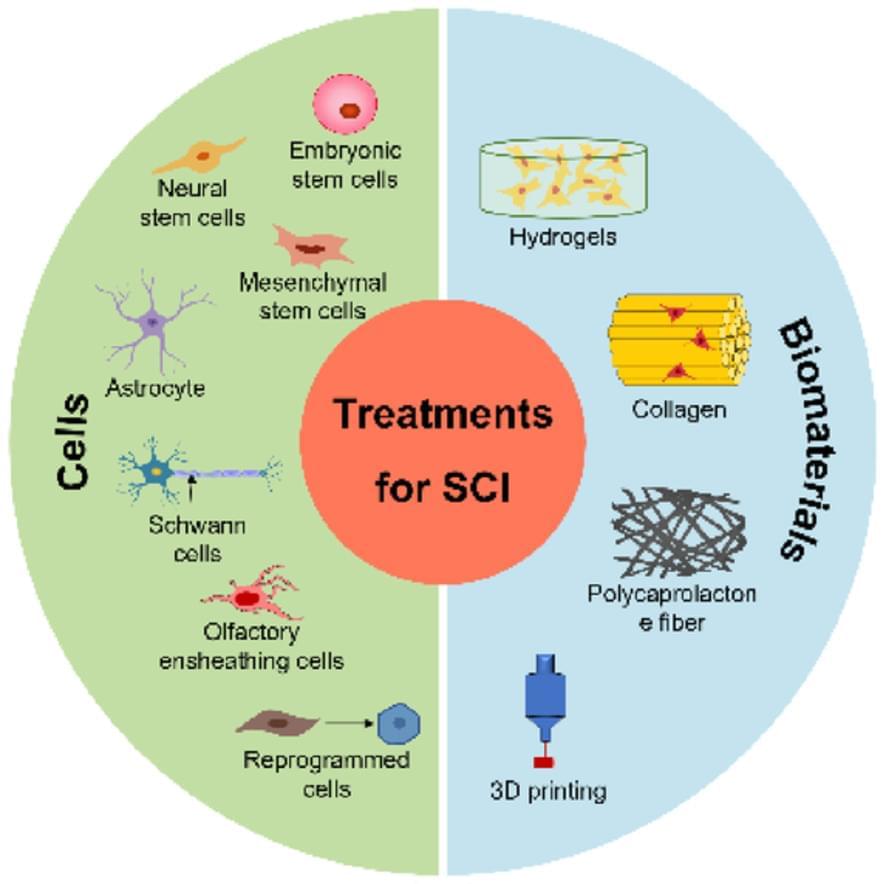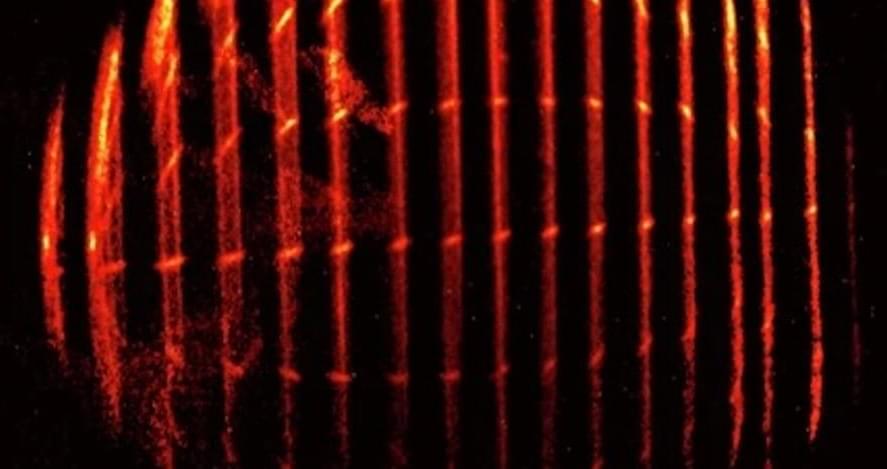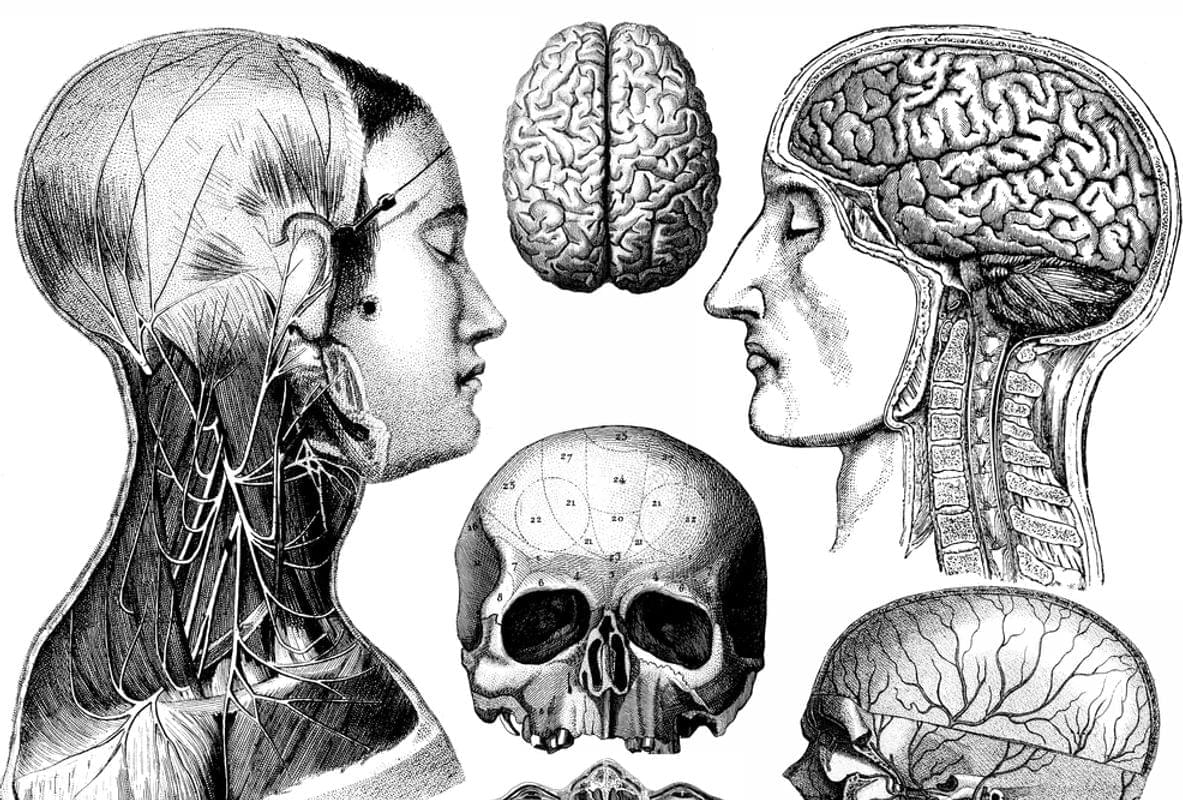Madeline Lancaster created the first brain organoids, which have revolutionised our understanding of how the brain works — but also raised ethical questions
Get the latest international news and world events from around the world.

Fat particles could be key to treating metabolic brain disorders
Evidence challenging the long-held assumption that neuronal function in the brain is solely powered by sugars has given researchers new hope of treating debilitating brain disorders. A University of Queensland study led by Dr. Merja Joensuu and published in Nature Metabolism showed that neurons also use fats for fuel as they fire off the signals for human thought and movement.
“For decades, it was widely accepted that neurons relied exclusively on glucose to fuel their functions in the brain,” Dr. Joensuu said. “But our research shows fats are undoubtedly a crucial part of the neuron’s energy metabolism in the brain and could be a key to repairing and restoring function when it breaks down.”
Dr. Joensuu from the Australian Institute for Bioengineering and Nanotechnology along with lab members Ph.D. candidate Nyakuoy Yak and Dr. Saber Abd Elkader from UQ’s Queensland Brain Institute set out to examine the relationship of a particular gene (DDHD2) to hereditary spastic paraplegia 54 (HSP54).

Neuroscientists can now predict dementia from the way you breathe in your sleep
Scientists have discovered that disrupted breathing during sleep, particularly conditions like sleep apnea, creates a measurable cascade of brain changes that predicts cognitive decline with startling accuracy.
Recent research analyzing over one million health records found that people with sleep-disordered breathing face between 1.3 and 5.11 times higher risk of developing various forms of dementia, depending on the specific condition.
The most dramatic finding: those with documented sleep breathing problems showed dementia risk ratios that peaked above five-fold for certain neurodegenerative diseases.

Biomaterials and cell-based therapy post spinal cord injury
Spinal cord injury (SCI) imposes a significant physical, social, and economic burden on millions of patients and their families worldwide. Although medical and surgical care improvements have decreased mortality rates, sustained recovery remains constrained. Cell-based therapies offer a promising strategy for neuroprotection and neuro-regeneration post-SCI. This article reviews the most promising preclinical approaches, encompassing the transplantation of embryonic stem cells (ESCs), mesenchymal stem cells (MSCs), neural stem cells (NSCs), oligodendrocyte progenitor cells (OPCs), Schwann cells (SCs), and olfactory ensheathing cells (OECs), along with the activation of endogenous pluripotency cell banking strategies. We also outline key ancillary strategies to enhance graft cell viability and differentiation, such as trophic factor assistance, engineered biomaterials for supportive scaffolds, and innovative methods for a synergistic effect in treatment, including promoting neuronal regeneration and reducing glial scars. We highlight the key aspects of SCI pathophysiology, the fundamental biology of cell treatments, and the advantages and limitations of each approach.
There are several approaches to treating spinal cord injuries that show great promise: Cellular therapies, which utilize a range of cells such as embryonic, neural, and mesenchymal stem cells, along with astrocytes, Schwann cells, olfactory ensheathing cells, and reprogrammed cells; The use of innovative biomaterials, including hydrogels, collagen, polycaprolactone fibers, and advanced 3D-printing technologies, provides valuable support for tissue repair.

Reprogramming cellular senescence and aging clocks for advanced cancer immunotherapy
Cellular senescence has gradually been recognized as a key process, which not only inhibits the occurrence of early tumors but also promotes advanced malignant progression through secretory and immunomodulatory functions. Initially, cellular senescence manifested as irreversible cell cycle arrest, but now it encompasses a broader phenotype regulated by the p53-p21CIP1 and p16INK4A-Rb pathways. Although secretory phenotypes related to aging can recruit immune effectors to clear new tumor cells, persistent senescent cell populations often trigger chronic inflammation, promoting immune escape and fibrosis. In this review, we first discuss the molecular underpinnings of cellular senescence, highlighting its induction pathways and diverse physiological or pathological roles. We then examine the composition of the tumor microenvironment, where senescent cells accumulate and secrete pro-inflammatory cytokines, reshaping immune surveillance and extracellular matrix architecture. Against this backdrop, we explore how aging clocks refine our understanding of individual susceptibility to malignancy by distinguishing biological from chronological aging. We also present current therapeutic prospects, including senolytic agents targeting senescent stromal cells that promote tumor growth, and the utilization of aging clock metrics to tailor immunotherapies more effectively for older patients. Finally, we consider the major challenges facing clinical translation, from standardizing multi-omics data pipelines to clarifying the ethical implications of measuring biological age. By bridging senescence biology with geroscience and cutting-edge oncology, we posit that aging clocks may catalyze a transformation in cancer care, enabling more personalized, effective, and age-conscious treatment strategies.





Brain probe powerfully records neural circuits during behavior
Trying to document how single brain cells participate in networks that govern behavior is a daunting task. Brain probes called Neuropixels, which feature high-density silicon arrays, have enabled scientists to collect electrophysiological data of this nature from a variety of animals. These include fish, reptiles, rodents and primates, as well as humans.
Neuropixels, which come in several versions, record electrical activity from hundreds to thousands of neurons simultaneously. Neurons are nerve cells that receive, process and transmit information.
While the data collected has led to insights on the neural basis of perception and decision-making, those probes cannot sample fine-scale brain structures. They also are limited in resolving (separately distinguishing) the electrical fields around individual brain cells.